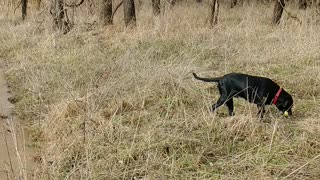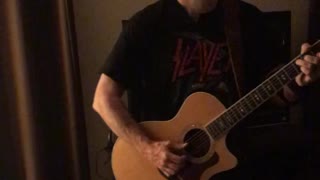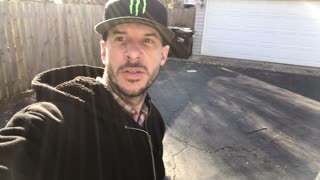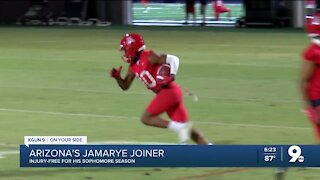Patient Hit by Bus and Walking Again After Surgery
Meet Brandy Lesure,
Brandy was struck by a shuttle bus on May 10th, 2014. Since her accident she has been under the care of Jonathan Nassos MD. He performed both shoulder and knee surgery. After recovery, Brandy has been doing Physical Therapy with Synapse Orthopedic Group and walking again. Brandy says she finally feels like herself again. We are so happy we could provide her treatment to get her there.
Call us to schedule an appointment: (818) 788-2400
Locations in Pomona, Sherman Oaks, and Los Angeles
Shoulder Sprain/Strain:
A sprain is a stretch and/or tear of a ligament, a strong band of connective tissue that connect the end of one bone with another. Ligaments stabilize and support the body's joints. For example, ligaments in the knee connect the thighbone with the shinbone, enabling people to walk and run.
The areas of your body that are most vulnerable to sprains are your ankles, knees, and wrists. A sprained ankle can occur when your foot turns inward, placing extreme tension on the ligaments of your outer ankle. A sprained knee can be the result of a sudden twist, and a wrist sprain can occur when falling on an outstretched hand.
A strain is an injury to a muscle and/or tendons. Tendons are fibrous cords of tissue that attach muscles to the bone. Strains often occur in your foot, leg (typically the hamstring) or back.
Similar to sprains, a strain may be a simple stretch in your muscle or tendon, or it may be a partial or complete tear in the muscle-and-tendon combination. Typical symptoms of a strain include pain, muscle spasm, muscle weakness, swelling, inflammation, and cramping.
Soccer, football, hockey, boxing, wrestling and other contact sports put athletes at risk for strains, as do sports that feature quick starts, such as hurdling, long jump, and running races. Gymnastics, tennis, rowing, golf and other sports that require extensive gripping, have a high incidence of hand sprains. Elbow strains frequently occur in racket, throwing, and contact sports.
The recommended treatment for a strain is the same as for a sprain: rest, ice, compression and elevation. This should be followed by simple exercises to relieve pain and restore mobility. Surgery may be required for a more serious tear.
A knee sprain simply means that one of the knee ligaments has been overstretched and that some or all of the fibers have been damaged. This usually occurs when there is a force through the knee or sudden twisting of the knee.
There are four ligaments in the knee joint, any of which can be sprained. In the center of the joint are the two crucial ligaments - anterior and posterior (ACL & PCL). At the sides of the joints are the two collateral ligaments - the medial and lateral (MCL & LCL). They work together to keep the knee joint stable and protect it from injury.
For more information please visit our website at: http://www.synapsedoctor.com
You can also follow our social media pages at:
http://www.facebook.com/synapsedoctor
http://www.instagram.com/synapsedoctor
http://www.twitter.com/synapsedoctor
-
 1:42
1:42
JPStraub
3 years ago $0.08 earnedMason walking again
2475 -
 3:28
3:28
KTNV
3 years agoRecovery After Cosmetic Surgery
106 -
 0:21
0:21
ozarkmomma2
3 years agoPlaying after surgery
286 -
 1:28
1:28
BANG Showbiz EN
3 years agoCrystal Hefner 'almost died' after cosmetic surgery operation
78 -
 0:43
0:43
LisaLisa87
3 years agoLizard walking after dinner
58 -
 0:24
0:24
Buzzvideos - EN
3 years agoDog can't eat after surgery
65 -
 1:43
1:43
Calan
3 years agoBoxer dog adapts to cone after surgery
74 -
 1:46
1:46
LukasSpies
3 years ago $0.17 earnedFirst time climbing a roof after ORIF surgery. Will I survive?
186 -
 0:37
0:37
Calan
3 years agoJust one day after surgery, boxer ready to play
95 -
 1:28
1:28
KGUN
3 years agoArizona's Jamarye Joiner healthy after foot surgery
7